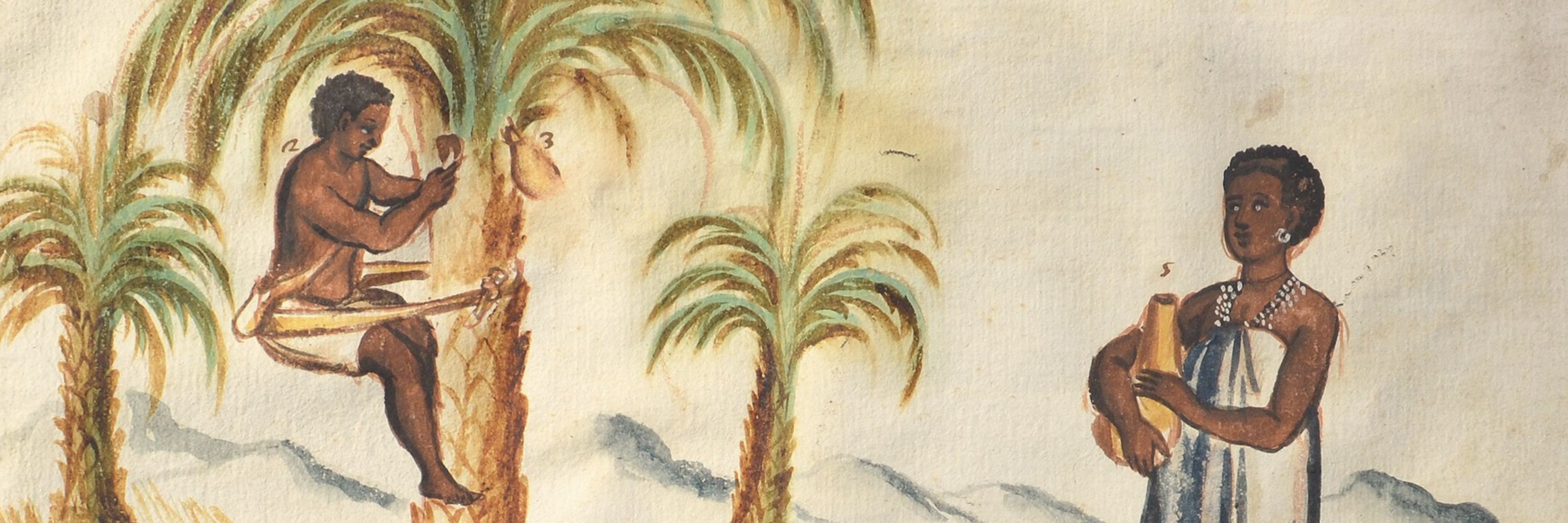
https://www.youtube.com/@hiddenhist
I post: African history related images ▪ updates on video progress ▪ updates on other projects ▪ thoughts on books I'm reading ▪ anything else on my mind!
All the things we lose to time...
All the things we lose to time...
▪ Indian and Arab Entrepreneurs, G Clarence-Smith
▪ From the Trading-Post Indians to the Indian-Africans, M. Adam
▪ The 1972 Asian Expulsion in Uganda, W Tayeebwa et, ak,
[8/8]
▪ Indian and Arab Entrepreneurs, G Clarence-Smith
▪ From the Trading-Post Indians to the Indian-Africans, M. Adam
▪ The 1972 Asian Expulsion in Uganda, W Tayeebwa et, ak,
[8/8]
▪ Asian Ugandans Still Remember Home, S. Sawlani
▪ Indians in Post-War Uganda: 1948-62, M. Kumar
▪ Revisiting the 1972 Expulsion of Asians from Uganda, N. Desai
▪ East African Indians: How Many Are They, L. Nowik
[7/8]
▪ Asian Ugandans Still Remember Home, S. Sawlani
▪ Indians in Post-War Uganda: 1948-62, M. Kumar
▪ Revisiting the 1972 Expulsion of Asians from Uganda, N. Desai
▪ East African Indians: How Many Are They, L. Nowik
[7/8]
▪ From the Trading-Post Indians to the Indian-Africans, Michel Adam
▪ Indentured Labour in Sub-Saharan Africa (1870-1918), Ulrike Lindner
▪ Indians in South Africa, Goolam Vahed
[6/8]
▪ From the Trading-Post Indians to the Indian-Africans, Michel Adam
▪ Indentured Labour in Sub-Saharan Africa (1870-1918), Ulrike Lindner
▪ Indians in South Africa, Goolam Vahed
[6/8]
▪ Children of Bondage, Robert Shell
▪ Shipwreck Survivor Accounts from the 16th and 17th Centuries, Elizabeth Eldredge
▪ Indian Ocean Slaves in Cape Town, Nigel Worden
▪ Narratives of Malay heritage in gentrified Bo-Kaap, Samera Albghil
[5/8]
▪ Children of Bondage, Robert Shell
▪ Shipwreck Survivor Accounts from the 16th and 17th Centuries, Elizabeth Eldredge
▪ Indian Ocean Slaves in Cape Town, Nigel Worden
▪ Narratives of Malay heritage in gentrified Bo-Kaap, Samera Albghil
[5/8]
▪ Ethiopian Art and Architecture, K. Windmuller-Luna
▪ Indian Craftsmen in Late 19th and Early 20th-Century Ethiopia, R. Pankhurst
▪ A History of Addis Ababa from its Foundation in 1886 to 1910, P. P. Garretson (disse.)
[4/8]
▪ Ethiopian Art and Architecture, K. Windmuller-Luna
▪ Indian Craftsmen in Late 19th and Early 20th-Century Ethiopia, R. Pankhurst
▪ A History of Addis Ababa from its Foundation in 1886 to 1910, P. P. Garretson (disse.)
[4/8]
▪ Missionaries, Muslims, and Architecture in Gondar, S. Ranasinghe
▪ A Tale of Four Cities, R. Pankhurst
▪ Foreign Influence and Local Contribution, Fasil Giorghis
▪ Portuguese and Indian Influences, Ian Campbell
▪ The Monastery of Martula Maryam, Paul Henze
[3/8]
▪ Missionaries, Muslims, and Architecture in Gondar, S. Ranasinghe
▪ A Tale of Four Cities, R. Pankhurst
▪ Foreign Influence and Local Contribution, Fasil Giorghis
▪ Portuguese and Indian Influences, Ian Campbell
▪ The Monastery of Martula Maryam, Paul Henze
[3/8]
▪ The Meroitic Empire, Randi Haaland
[2/8]
▪ The Meroitic Empire, Randi Haaland
[2/8]
!["[Unknown Title]". By unknown photographer. c.2025. Uploaded to TheBookMarket.co.za by Unknown.
Graduates of the University of Pretoria. Note the lady on the right in South Asian-inspired garb.](https://cdn.bsky.app/img/feed_thumbnail/plain/did:plc:yto3qomwfku5bk4kcyhcduam/bafkreihssfcf3eszp7talctirq6cyk3j5wpiyx3jhuw24d2obt7o2nno7i@jpeg)
!["[Unknown Title]". By unknown photographer. 2025. Uploaded to Twitter by University of Pretoria. https://x.com/UPTuks/status/1882096891728478582.
Newly inaugurated members of the University of Pretoria's Student Representative Council (SRC). Congratulations, you are the future!](https://cdn.bsky.app/img/feed_thumbnail/plain/did:plc:yto3qomwfku5bk4kcyhcduam/bafkreidrgi4rjhkcooqz2xz75jai6n6vcxdax72jm4htzm5ilzkva6zjmm@jpeg)

Indians like Priscilla Jana used their education to fight alongside Black compatriots, whether in the courts or on the streets.
!["[Unknown Title]". By unknown photographer. c.1943-2020. Uploaded to Wikimedia Commons by Innisfree987.
Priscilla Jana (née Sewpal), born on December 5th, 1943, was the second of three children. She became politically active as a High School student, organizing a school walkout as part of the 1959 Potato Boycott.
Though her parents wanted her to become a physician, Jana studied law at university. She joined Ismail Mahomed Ayob's law firm, and represented a number of the political prisoners held by the Apartheid government.
Nelson Mandela aside, Jana represented Solomon Mahlungu, who was condemned to death; Benjamin Moloise, also executed; Govan Mbeki, whom she got released from jail; and Steve Biko, whom she represented posthumously after his death in Apartheid government custody under suspicious circumstances. His death was later ruled a result of improper medical conduct. He hadn't received appropriate care after a beating by guards.
Jana's efforts got her a Banning Order from the government, severely restricting her mobility. Nevertheless, she used her unique access to Mandela while he was at Robben Island to relay his messages to and from the prison.
After apartheid, Jana represented Krugersdorp as an ANC party parliamentarian from 1994 to 1999. She supported using African resources for continental development goals. Jana served as an ambassador to the Netherlands and Ireland, before joining the South African Human Rights Commission (SAHRC) in 2017. She passed in 2020, and is survived by her adopted children: Albertina Jana Molefe and Shivesh Sewpal.
Image originally taken from http://www.dirco.gov.za/dircoenewsletter/newsflash449-15-10-2020.html.](https://cdn.bsky.app/img/feed_thumbnail/plain/did:plc:yto3qomwfku5bk4kcyhcduam/bafkreicjcmweuexj2dk7j44cs2az64lop57w22qfp6to3de6rdruhfvavq@jpeg)
Indians like Priscilla Jana used their education to fight alongside Black compatriots, whether in the courts or on the streets.
Though some were “passengers” seeking business, most were effectively trafficked to work sugar plantations, rail lines, and coal mines on 5-10 year contracts.

Though some were “passengers” seeking business, most were effectively trafficked to work sugar plantations, rail lines, and coal mines on 5-10 year contracts.
The British, falling back on their older strategies, looked to South Asia as a source of indentured work for their growing economic ambitions.
The British, falling back on their older strategies, looked to South Asia as a source of indentured work for their growing economic ambitions.
Descendants of some of these slaves famously became the Cape-Coloureds; others formed a different hybrid culture: the Cape Malays.


Descendants of some of these slaves famously became the Cape-Coloureds; others formed a different hybrid culture: the Cape Malays.
When shipwrecked, some escaped servitude and joined African communities. Most weren’t so lucky.
When shipwrecked, some escaped servitude and joined African communities. Most weren’t so lucky.

